Move up the personalization spectrum: Introducing RCS, Banners, and Canvas Context
Published on May 20, 2025/Last edited on May 20, 2025/8 min read
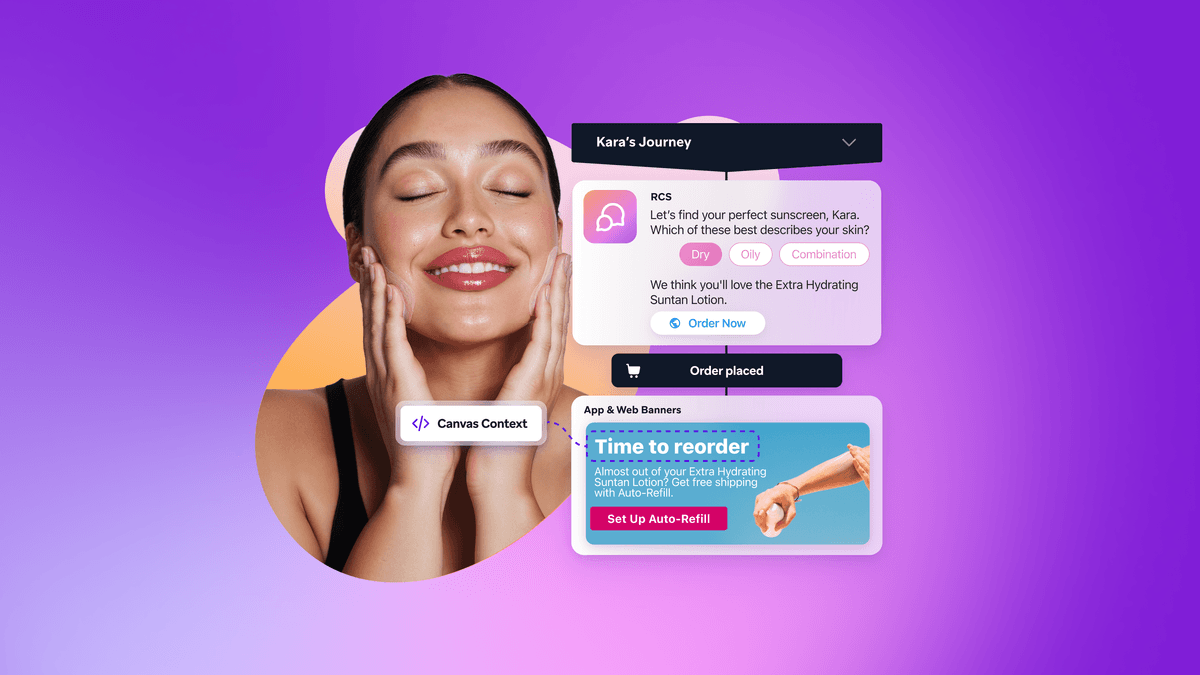

Haley Trost
Group Product Marketing Manager, BrazePersonalization is one of the most evergreen customer engagement priorities—and challenges—we hear from brands. We were writing about personalization back in 2015, and 10 years later, 85% of marketing leaders still worry their messages aren’t hitting the mark.
What’s changed in the past decade is our understanding of personalization. In the early days of digital marketing, good personalization might’ve been a mail merge of a static list of names into an email. During the rise of adtech and third-party cookies, personalization started veering into creepy territory, with ads that made you wonder, “How did they know that?!” In this new age of first-party data, personalization is going through yet another shift.
Personalization isn’t a simple “you have it or you don’t” strategy; it’s a spectrum. At one end of the spectrum, you’ve got the basics: a first name in an email subject line, or an SMS blast with your city swapped in. Technically personalized? Sure. Meaningful? Not really. On the other end, there’s the kind of personalization that anticipates your needs, reflects your preferences, and shows up when it’s needed—without crossing the line into creepy.
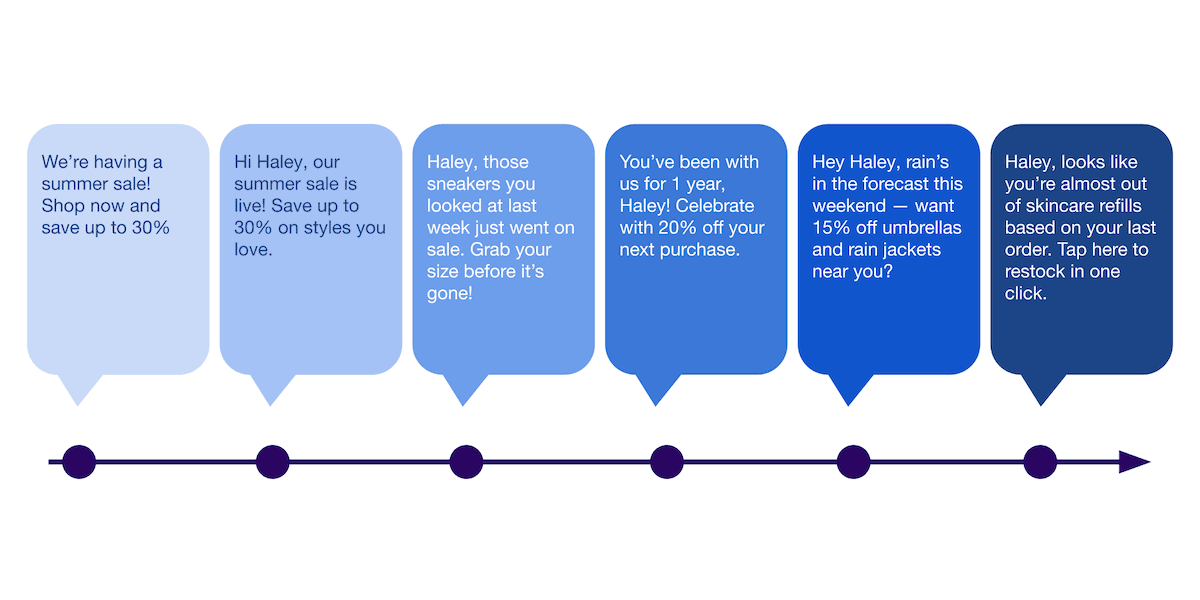
Somewhere in the middle is where most brands are stuck: Doing something with customer data, but still sending messages that are missing key customer signals.
The challenge isn’t a lack of data—it’s knowing how to use it in a way that feels helpful, not hollow. That’s why we’re expanding the personalization toolkit in Braze to help marketers move beyond surface-level tactics and build emotionally intelligent, real-time experiences across channels. Whether you’re sending a promo, nudging a repeat purchase, or helping someone get from “just browsing” to “booked,” the goal is the same: Make every interaction feel like it was made just for them.
Our newest features—Canvas Context, RCS, and Banners—help you move up the personalization spectrum and create customer journeys that are responsive, respectful, and real. Let’s dig in!
Build smarter journeys with Canvas Context
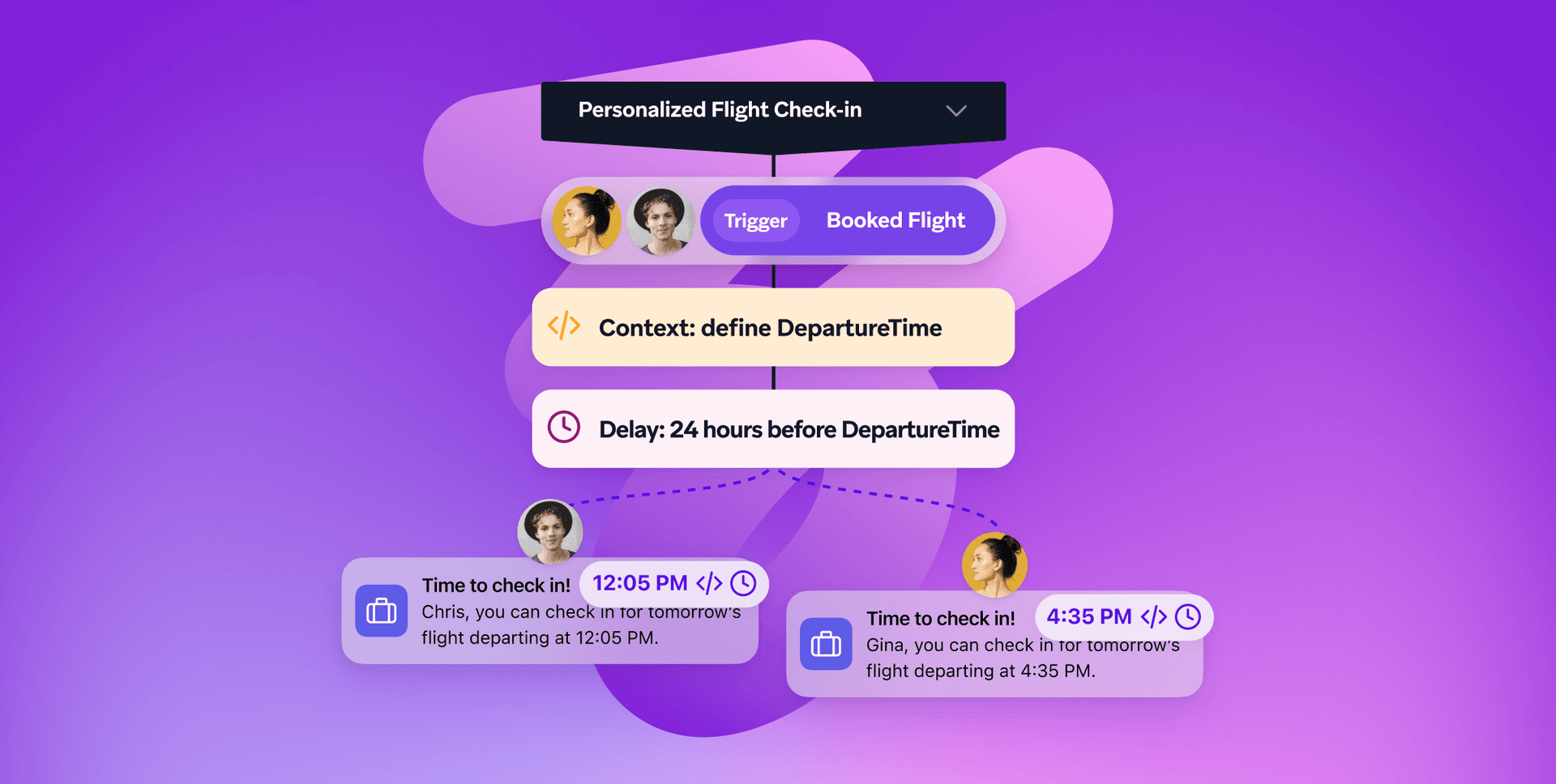
If traditional personalization is about guessing what someone might want based on a static profile, modern personalization is about listening in the moment—and responding accordingly. But building a unique experience for every customer comes with a major challenge: Scale.
Canvas Context takes a big step toward making that easier. Now in Early Access, Canvas Context is a new Canvas step that lets you add temporary, journey-specific variables, like “order date” or “flight time,” to a customer’s journey without needing to permanently store them in their customer profile. You can then reference that data throughout the Canvas to personalize timing, logic, and messaging to each customer, turning a single Canvas into virtually infinite possible customer journeys.
Let’s say you work for a travel brand, and a customer books a trip. You want to send that customer reminders leading up to his or her flight, but how do you scale that when you have hundreds of different customers, with different flight times, to different destinations? Instead of making multiple Connected Content or API calls, you can create a Canvas Context variable for each passenger’s departure time and destination, using that information to deliver flight updates, check-in prompts, and other information right when they need it—and all in Canvas.
Expand your channel mix with new dynamic touchpoints
Great personalization doesn’t stop at what you say—it extends to where you say it. Whether they’re browsing your website, exploring your app, or scrolling through their messages, customers expect your brand to keep up. That’s why we’re expanding how you can engage, with two new dynamic messaging channels built for modern customer behavior: RCS and Banners.
These channels give you more ways to show up in the moments that matter, whether you’re sending a visually rich message straight to a customer’s phone or delivering a personalized promotion right when they open your app.
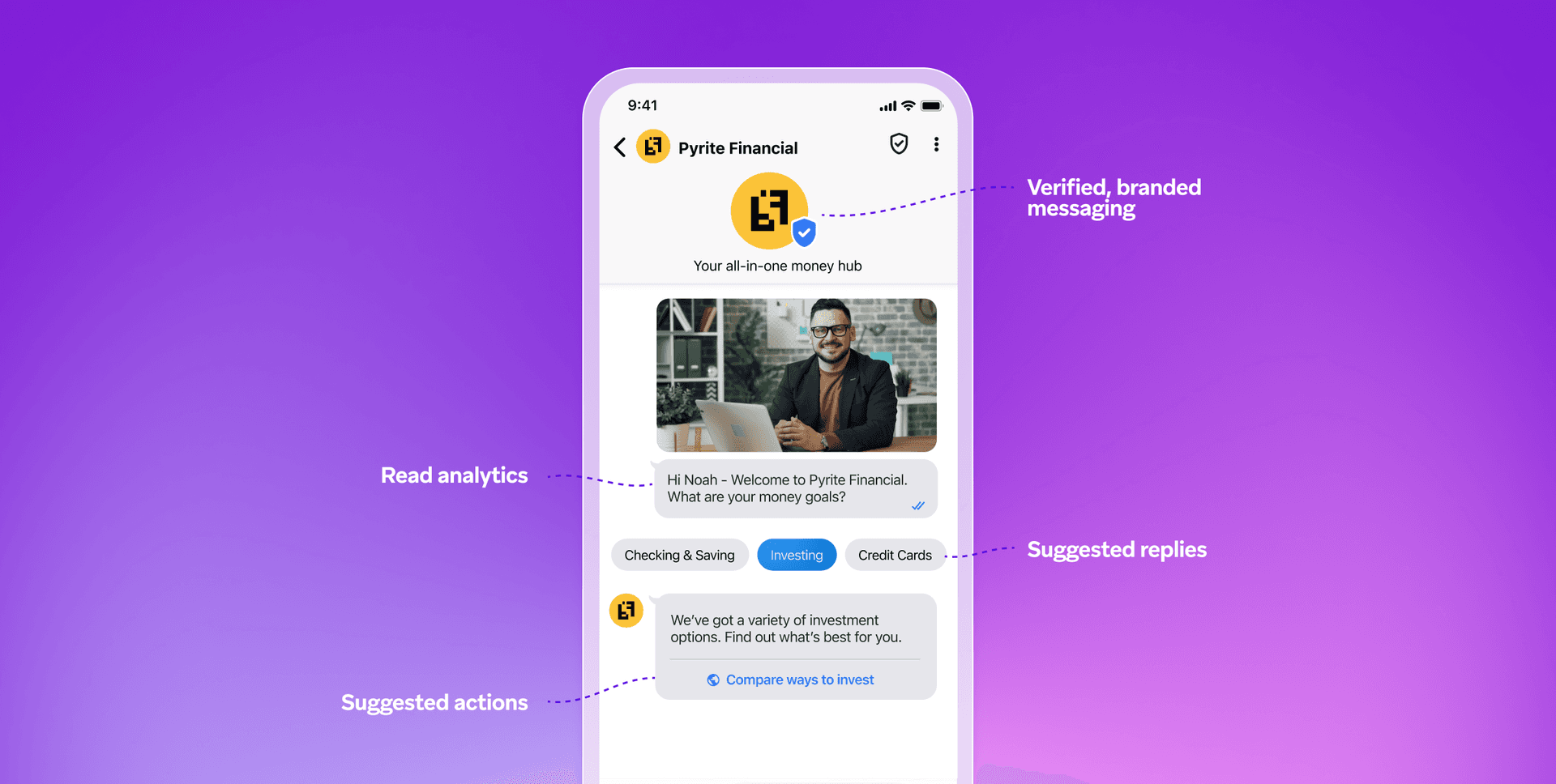
- RCS is Generally Available (GA) today
- Looking to level up your mobile messaging? RCS (Rich Communication Services) is the next generation of SMS, keeping everything you love about that channel—speed, reach—and adding richer visuals, tappable buttons, and branded elements. With RCS, you can deliver immersive, two-way conversations right inside the native Apple and Google Messages apps on your customers’ phones. These visually engaging, dynamic messages feel more like an experience and less like a notification. RCS helps brands stand out, drive stronger engagement, and deliver a more elevated customer experience without asking customers to download a new app.
- Imagine you're an eCommerce brand launching a new seasonal collection. Instead of sending a basic promotional text, you can use RCS to create an interactive concierge-style experience with tappable suggested replies—asking customers about their preferences and instantly serving up personalized product recommendations with high-resolution images or videos, all within their Messages app. Or a financial services brand could use RCS to guide customers through an onboarding flow or account update, using intuitive suggested action buttons and visual cues like the verification badge to make the experience feel trusted and seamless.
- RCS brings your brand voice to life in a way that’s visual, conversational, and high-converting—without asking customers to change their behavior.
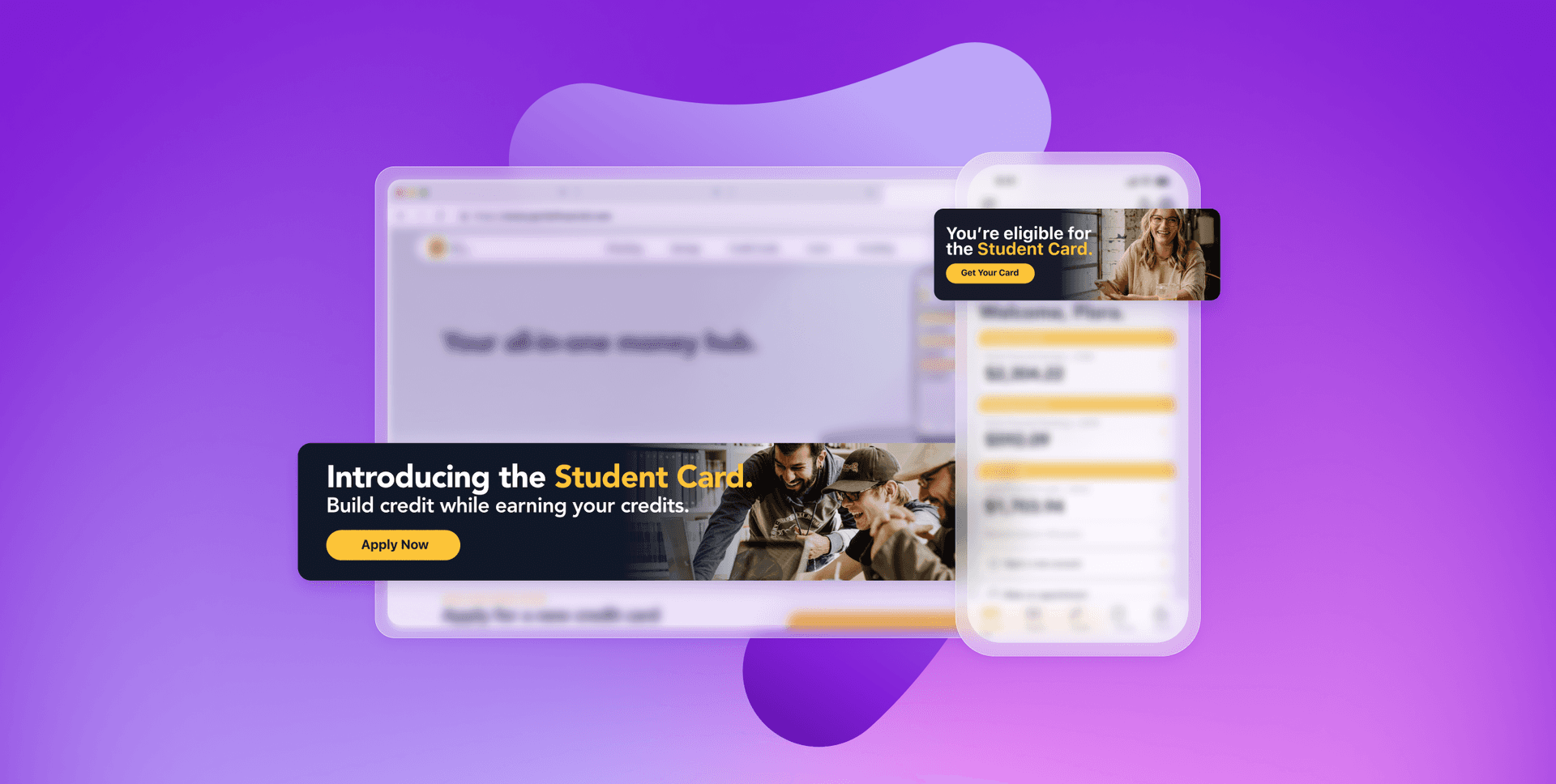
- Banners are Generally Available (GA) today
- Banners are the newest addition to our suite of in-product touchpoints, which also includes in-app messages and Braze Content Cards™. Banners are persistent, highly visible messages embedded directly into your app or website, making them perfect for grabbing attention without interrupting the customer experience. Whether you’re highlighting a sitewide campaign, spotlighting dynamic product recommendations, or reinforcing loyalty perks, Banners help you stay top-of-mind at exactly the right moment: when your customer is already engaged.
- These aren’t one-and-done pop-ups. Banners don’t expire, and they refresh with the latest personalization at the start of each session, so the content always stays relevant. That makes them ideal for:
- Dynamic product recommendations based on recent activity
- Loyalty or membership highlights that reinforce value every time a customer logs in
- Ongoing brand campaigns that don’t rely on urgency but build consistent awareness
- Persistent A/B tests to optimize your message over time
- For example, a video streaming brand could create a banner to recommend a premium plan to a viewer on a basic tier. Or a quick service restaurant (QSR) could highlight rotating deals in the app based on the time of day, showing breakfast deals when a customer opens the app in the morning and lunch specials when they open the app again around noon.
- Because banners live inside your product, they’re subtle but powerful. Banners turn every session into an opportunity for meaningful engagement, with none of the noise and all of the visibility.
Final thoughts
Today’s consumers expect more than the basics—they expect relevance, empathy, and timing that feels intuitive, not intrusive. That’s a tall order, especially when marketers are juggling fragmented data, shifting privacy standards, and evolving customer behavior. But with the right platform, it’s not only possible—it’s scalable.
With new capabilities like Canvas Context, RCS, and Banners, Braze has what you need to move up the personalization spectrum, from generic messaging to real-time, emotionally intelligent experiences. Whether you’re orchestrating a dynamic journey, starting a two-way conversation, or delivering in-the-moment value inside your app or website, you can meet your customers with the message they need, when and where they need it.
And we didn’t even get to talk about AI and its role in personalization! Braze is investing in new AI capabilities that blend human creativity with machine intelligence to make it easier for marketers to build and optimize 1:1 experiences at scale. We’re excited to share more on Project Catalyst and our other innovations at Forge in September.
Until then, remember that personalization isn’t just about knowing a customer’s name. It’s about showing them you know what they need right now and delivering it with precision, purpose, and respect.
Forward-Looking Statements
This blog post contains “forward-looking statements” within the meaning of the “safe harbor” provisions of the Private Securities Litigation Reform Act of 1995, including but not limited to, statements regarding the performance of and expected benefits from Braze and its products and features. These forward-looking statements are based on the current assumptions, expectations and beliefs of Braze, and are subject to substantial risks, uncertainties and changes in circumstances that may cause actual results, performance or achievements to be materially different from any future results, performance or achievements expressed or implied by the forward-looking statements. Further information on potential factors that could affect Braze results are included in the Braze Annual Report on Form 10-K for the fiscal quarter ended January 31, 2025, filed with the U.S. Securities and Exchange Commission on March 31, 2025, and the other public filings of Braze with the U.S. Securities and Exchange Commission. The forward-looking statements included in this blog post represent the views of Braze only as of the date of this blog post, and Braze assumes no obligation, and does not intend to update these forward-looking statements, except as required by law.
Related Tags
Be Absolutely Engaging.™
Sign up for regular updates from Braze.
Related Content
View the Blog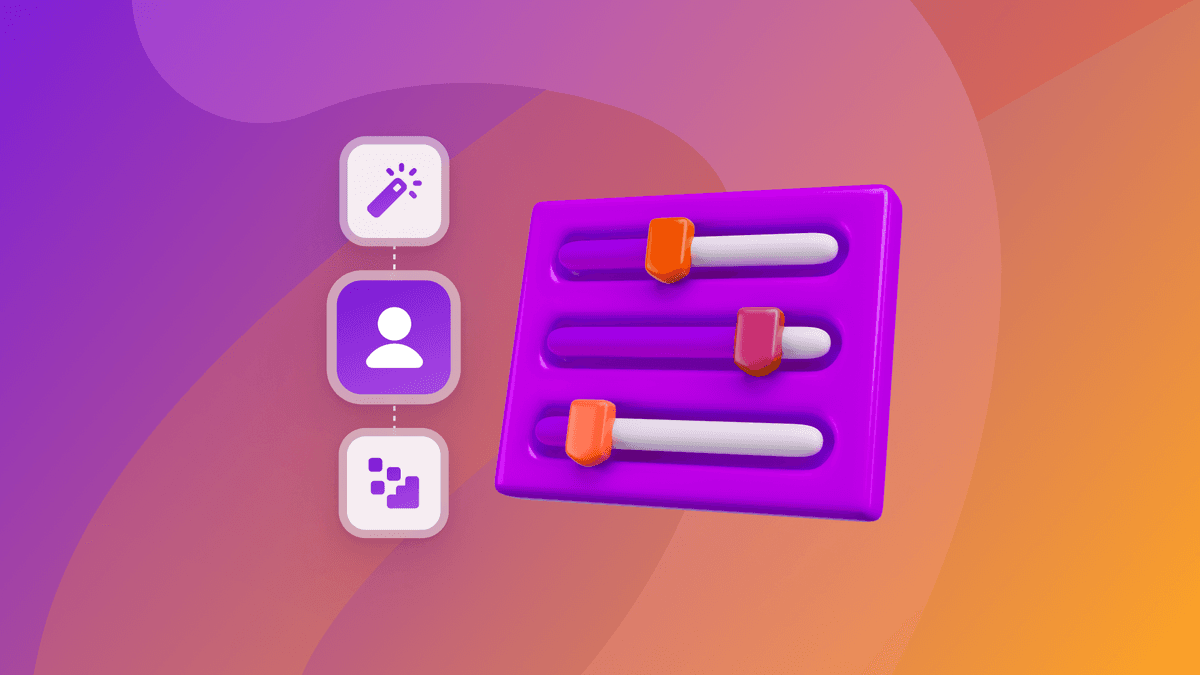
How behavioral marketing turns data into personalized experiences
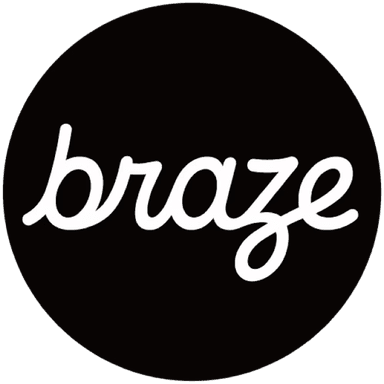
Team Braze

The new inbox reality: How iOS changes are reshaping email marketing

Aparna Prasad

Experience optimization: Turning data insights into better journeys
